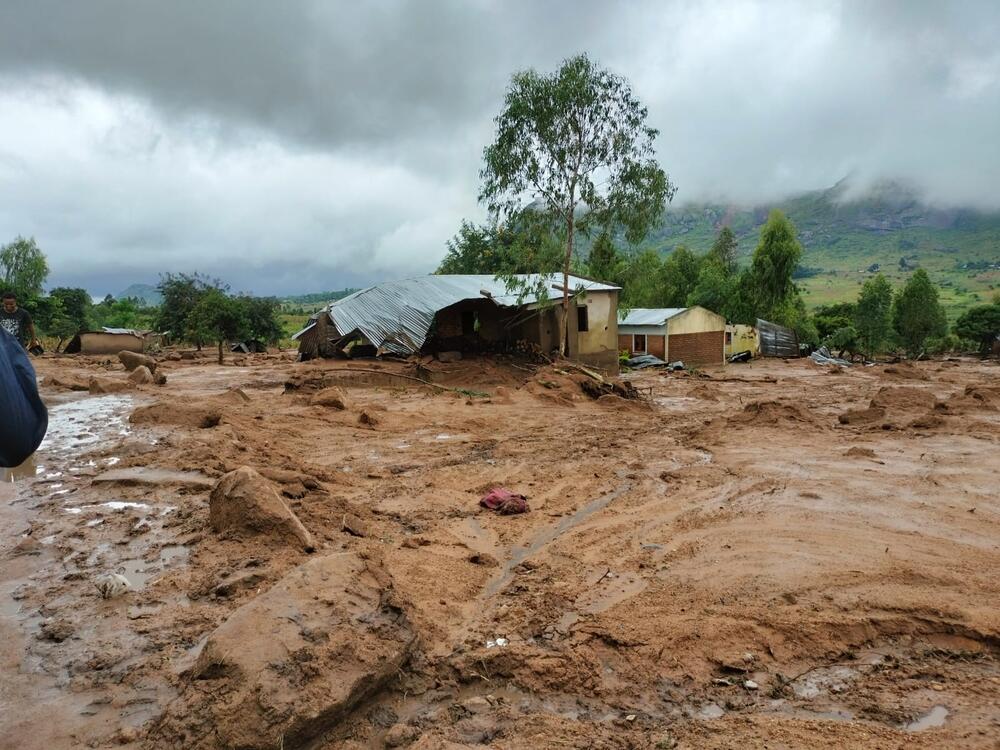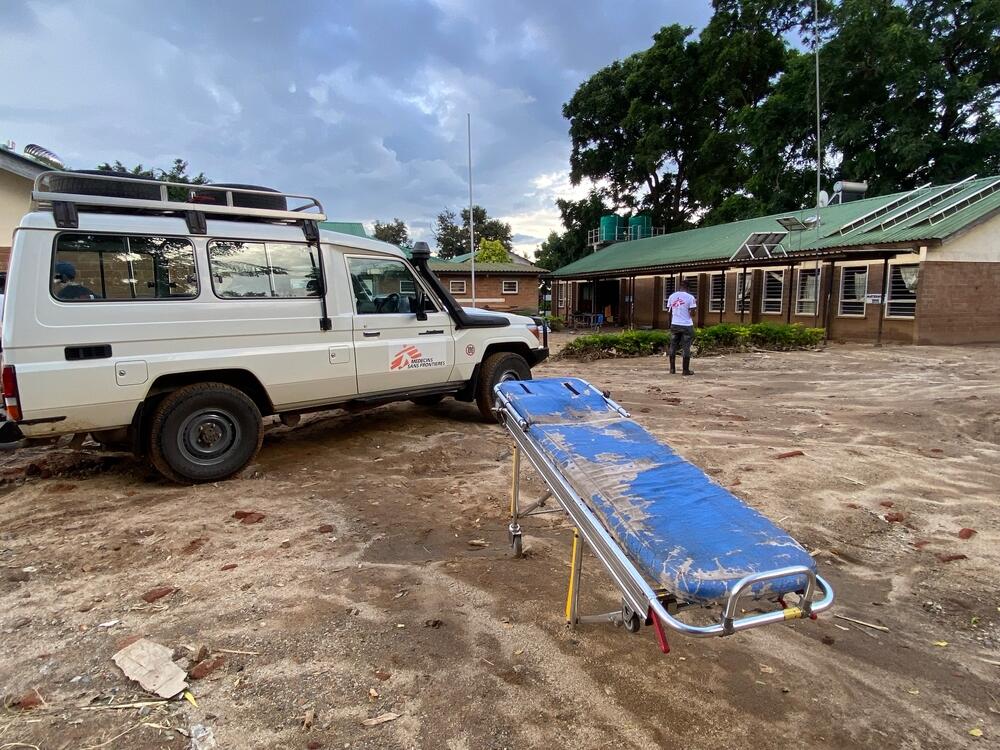Malawi: MSF teams launch emergency response to Cyclone Freddy devastation
Cyclone Freddy, the most intense cyclone ever recorded by weather stations, hit southern Malawi between 12 and 14 March.
Some districts and the people who live there are still reeling from the destruction, while roads, bridges and electrical and sanitary infrastructure have suffered heavy damage.
The storm is now one of the deadliest events in Malawi's climate history to date, with 507 people dead, 1,332 injured and 537 still missing. More than 550,000 people have been displaced.
“Entire villages have been engulfed by landslides and mudslides, flash floods caused by torrential rains have washed away houses, roads and bridges,” says Rasmane Kabore, an emergency coordinator with Médecins Sans Frontières / Doctors Without Borders (MSF).
“Tens of thousands of people in some of the country’s southern districts now find themselves cut off from access to health facilities, which have either been destroyed or are no longer reachable due to the cyclone’s impact on road networks.”
Emergency response
In the wake of the disaster, MSF has been responding to medical and humanitarian needs in and around Blantyre city, where our teams have been providing screening and treatment for cervical cancer since 2018.
“MSF teams supported Blantyre’s Queen Elizabeth Central Hospital through the donation of medical supplies and the allocation of staff to treat the wounded and carry out orthopaedic surgeries,” says Guilherme Botelho, MSF emergency project coordinator.
“After visiting some of the camps in Blantyre district, located mostly in municipal buildings such as schools, we are providing clean water and chlorine, rehabilitating water networks, emptying latrines and distributing non-food items such as blankets, firewood and cooking equipment.”
Never miss an update
Get the latest news on the climate emergency with our email newsletter, Frontline.
You'll also receive our best stories, critical updates and unique ways to get involved.
Some 50 camps seem to have been set up around the city with the number of displaced people at each ranging from a dozen to over 2,500. We will continue to provide support and assess the medical and non-medical needs of the most populated camps.
After carrying out a series of assessments, MSF teams have also begun responding in Phalombe, Mulanje, Chikwawa and Nsanje, some of the hardest-hit districts.
Cut-off communities
Phalombe and Mulanje are located at the bottom of Mount Mulanje, which, after an already heavy rainy season, was hit by Freddy’s strong rains, causing powerful mudslides and rockfalls.
In Phalombe, our teams visited three healthcare facilities including the public health centre in Nkhulambe, which is now filled with debris, mud and massive rocks, leaving roughly 54,000 people in the immediate vicinity with almost no access to healthcare.
“This area is completely cut off from the general population,” says Robert Wellemu, an MSF medical coordinator.
“We will plan the next steps so that we can respond to the needs of the people and help them to regain access to healthcare such as general outpatient services and referral of medical or surgical emergencies as soon as possible.”
Malawi’s Ministry of Health, MSF and other humanitarian partners aim to rapidly restore access to essential health services in Nkhulambe by setting up an advanced health post. An MSF team is already on the way with medical and logistics staff as well as medical supplies.
A coordinated effort
Further south, a coordinated response is trying to reach the priority areas of Ngabu, halfway between Blantyre and Nsanje, as well as the towns of Makhanga, Osiyana and Sankhulani in the district of Nsanje which all border Mozambique.
Access to these areas is extremely difficult due to damaged or flooded road networks leaving health centres poorly supplied and communities cut off from access to medical services.
The aim is to reach all these areas before the end of the week to conduct a detailed assessment and respond to immediate medical needs. We are being particularly vigilant about a possible rise in the number of people affected by cholera in these areas.
MSF and the climate emergency
The climate emergency is also a healthcare emergency. When extreme weather events occur, it is the most vulnerable people who suffer the most.
This crisis isn’t only about the catastrophic cyclones and typhoons that hit the headlines. This is about the spread of deadly diseases that can follow. The increasing risk of drought and famine. Of rising water levels. Desertification. The mass displacement of people from their homes…
In every way, climate change is a major humanitarian emergency.

